Air Raid to Al-Waleed (4)
The Story of Demolishing Fighters and the Equipment in Al-Waleed Triple Military Bases Known as H-32016-01-20
Air Raid to Al-Waleed (H-3)
The Story of Demolishing Fighters and the Equipment in Al-Waleed Triple Military Bases Known as H-3
By: Brigadier General Ahmad Mehrnia
Tehran, Sooreh Mehr Publications Company
2010 (Persian Version)
Translated by: Zahra Hosseinian
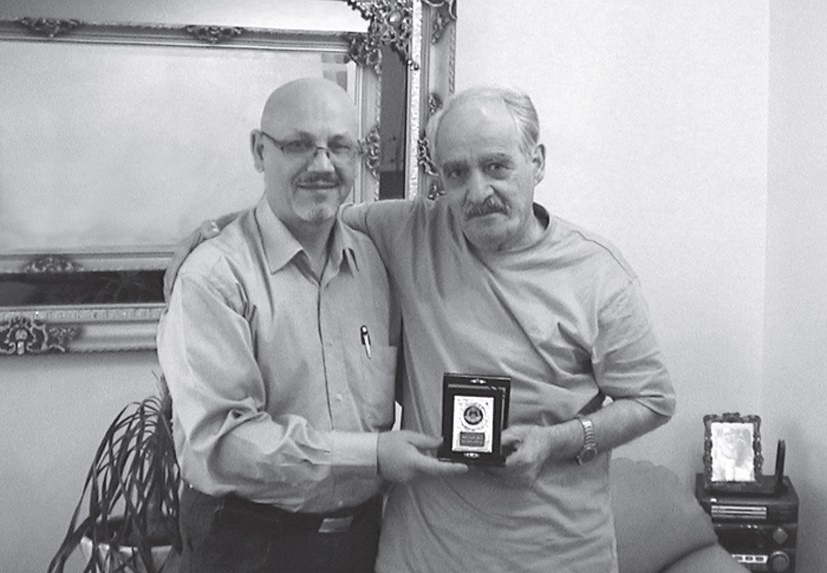
Retired Second Brigadier General, Mohammed Maham and Ahmad Mehrnia are donated ‘8 Years honor and dignity’ plaque by the Research and Studies Office of IRIAF
Operation Design
Two months after the beginning of war, early Azar 1359 (late November, 1980), a messenger on behalf of Colonel Muhammad Maham, garrison commander of Piranshar (home) brought some documents to the Tabriz Air Bases and Hamadan Air Base (Martyr Nojeh[1]) and delivered them to pilot Lt. Col. Morteza Farzaneh and Qassem Pourgolcheen, second commander of bases. These documents were so attractive and valuable that they shared them with Colonel Mahmoud Qeydian[2], Deputy of IRIAF Stuff Operation in Tehran. He summoned the chief of operational plans, Colonel Bahram Hoshyar Rashti[3] - whose pension order had been canceled and he had returned to serve - and assigned to him the responsibility of investigation and how to perform the operation.
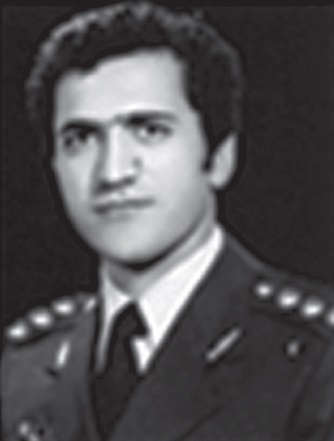
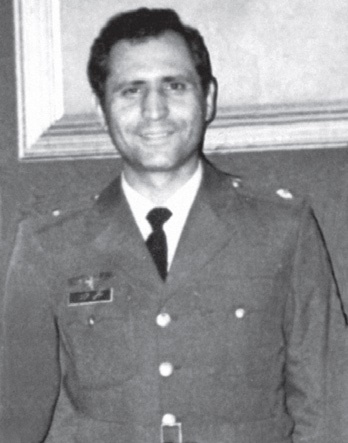
Lt. Col. Morteza Farzaneh (Major) and Colonel Qassem Pourgolcheen
At the same time, in the office of Base Operation Deputy, Lt. Col. Ali Akbar Sabounchi[4] - who had concluded that crossing the space of enemy territory is not possible for destroying these important targets, after long study – would study the situation of Iraq’s neighboring countries, such as Turkey, Syria and Kuwait, so that to find a proper way to reach the target. His friends always saw him in an action from its content they were unaware. A thick book about the names of world's airports would regularly turn over a leaf in order he can predict the best emergency airport for possible critical moments. Apparently, he is one the first ones who actually responsible for studying and designing this unique, surprising and great attack.
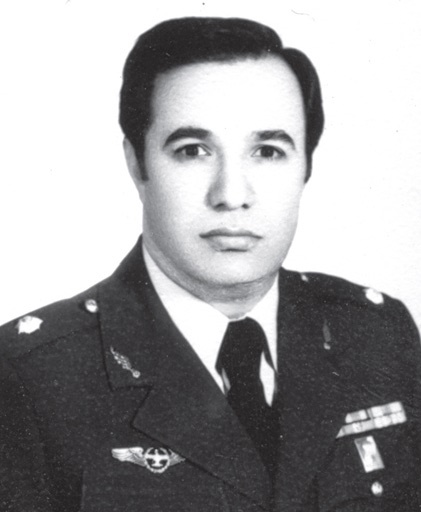
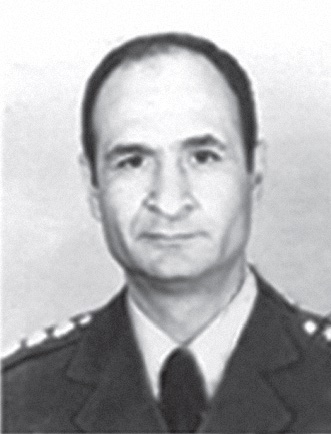
Second Brigadier General Mahmoud Qeydian (colonel) and Ali Akbar Sabounchi in Major time
In Tehran Staff also the subject would be shared with information operation management[5], Colonel Parviz Pirouz immediately. He would assign his deputy, Colonel Abdul Ali Qasemian, who was an active and discerning officer, for dealing with it.
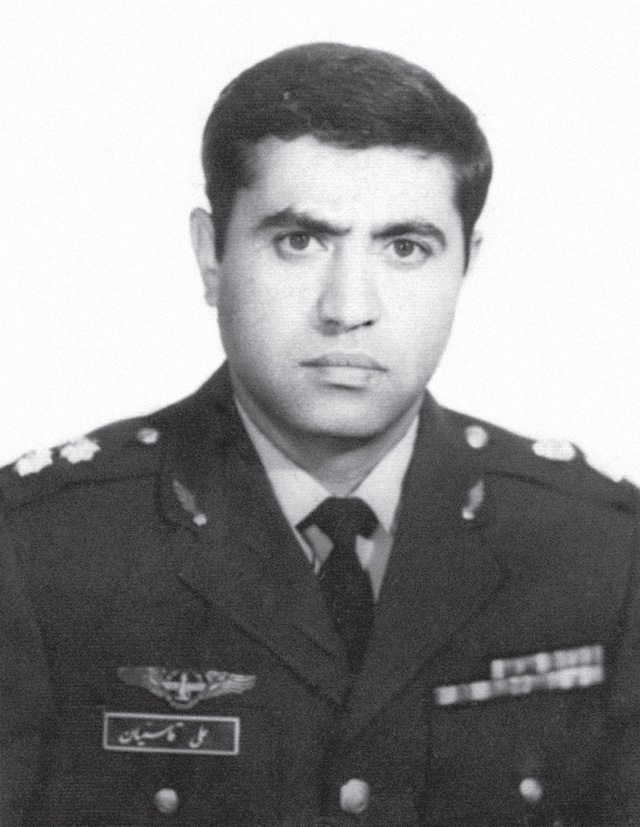

Second Brigadier General Parviz Pirouz (colonel), and Abdul Ali Qasemian (lieutenant-colonel)
Amir Second Brigadier General Qasemian would say:
“Sensitivity to this plan was very high. I was only in charge of intelligence analysis and unaware of its development and even the day the attack was supposed to be carried out. I remember that when I was asked to assess the damage, after the end of the bombing, I asked a question of Mr. Izadseta about how to carry out the operation; but with an overall response he made it clear that the case has a very high classification and it is not necessary to know about it.”
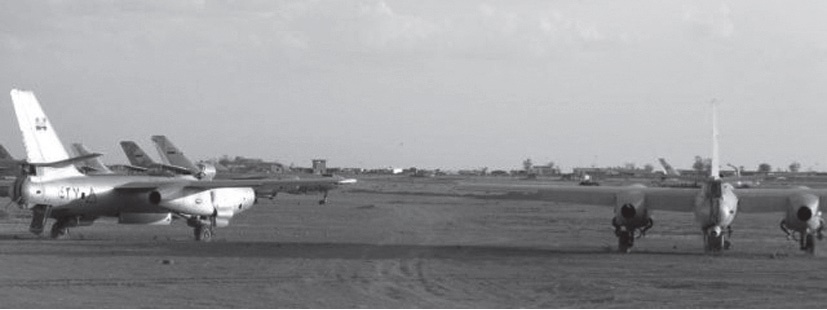
A view of Ilyushin-28 aircrafts in Al-Waleed base
Involved agents, however, would begin their information exploration quickly and through relevant principles, conclude that received information is completely true. According to reports, in addition to aircraft such as Ilyushin-28 bombers; at least two Tupolev-22 bombers battalions, including about 20 bombers; six heavy Tu-16 bombers; many MiG-23, Su-20 and helicopters, plus a few radar systems had been deployed from other bases and areas to mentioned bases to be protect from possible attack by Iranian Air force.
According to the retired pilot, Second Brigadier General Heydar Safari, who was commander of Mehrabad Transportation Base in those years, Seyed Sadegh Tabatabai, who was one of revolutionary-political figures and traveling to Syria at that time, at his short visit with him during a tour from First Base of Mehrabad Transportation, has confirmed the displacement of a large number of aircraft to the Al-Waleed bases and emphasized the value of destroying them, according to the study of Iranian intelligence agents in Iraq's western borders [6].

Retired pilot Second Brigadier General Heydar Safari (1387, 2008)
Now, such a valuable target is more attracted the authorities’ attention. Colonel Bahram Hoshyar, responsible of the operational plans group of Air Force Operations Deputy, called one of his talented and experienced officers, pilot Colonel Fereydoun Izadseta[7] to cooperate and share the matter with him.
Both of them have no doubt that this target is valuable and strategic, but the distance is furtherer than that they could bomb easily with available aircrafts and return to insider base. Even doing a part of the mission - i.e. reaching to the target - needs to accurately planning with high risk. Days spent thinking and investigating the many different ways to handle this important matter. In this regard, a number of officials studied the issues at face-to-face meetings in the office of then-commander, Colonel Javad Fakouri.
To be continued…
[1]. Shahid Muhammad Nojeh was one of the brave pilots of the Third Fighter Air Base. In 25th Mordad 1358 (August 16, 1979), with a F-4, He and Seyed Abdullah Bashiri Mousavi, the co-pilot in rare cockpit, had been sent to the zone in order to check the status of Kurdistan and to support Martyr Chamran and his group - who were besieged in the area by counter-revolutionaries - were shot by counter-revolutionaries and both were killed in the crash; while they were patrolled at relatively low speeds in the zone. Later, martyr Bashiri's father was died a martyr in this regard by Komalah agents and Democratic Kurdistan. Rest in Peace.
[2]. Immediately after the war, Operational Deputy of IRIAF Stuff, pilot Colonel Mahmoud Qeydian, who was designer and the first air force photography pilots, formed a plan group in the office of Stuff operation deputy for planning air operations in the war; and appointed Colonel Hoshyar, whose organizational job was EW manager (Electronic warfare), as a chief of group. The task of plan group was exploration and development of operational plans of IRIAF. Managers of operational training, operations, information operations, EW, air transportation and defense were also included in this group. Colonel Hoshyar was appointed as IRIAF Deputy Operation, in 7th Mordad 1360 (July 28, 1981).
[3]. At the beginning of the revolution, a number of military officials, including Colonel Hoshyar, were dismissed for various reasons and in different ways; some of them were retired, some encouraged opting for voluntary severance, a few number was executed and some group left the service of their own. After beginning of war, a significant number of these people voluntarily went to the front and joined to fighters.
[4]. From 2nd Tir 1360 (June 22, 1981), Lt. Col. Ali Akbar Sabounchi was appointed to command Air University.
[5]. At the time, the IRIAF organization had no intelligence division and served as a management in the office of deputy operation. In 1362 (1983), the management was promoted to deputy level; and in 1367(1988), its new organization officially was approved.
[6]. Only about three weeks after the invasion of Iraq, while air strikes into enemy territory and the battle was continuing, and after some defensive actions by surface forces, the series of offensive operations - that first of them carried out by Army ground forces, called ‘offensive Operation of Karkhe bridge foot’, with the powerful support of the Air Force on 23rd Mehr 1359 (October 15, 1980)- was so effective in fighting that enemy changed its offensive tactics to defensive, while withdrew the extension of occupied areas. Offensive operation in the north of Abadan, which was done at 3rd Aban (October 25, 1980), Division-77 Pirouz of Khorasan recovered occupied Sarpol from enemy and led to the siege of Abadan never be complete. After the operation, Imam Khomeini issued a decree: ‘the siege of Abadan must be broken.’ Chain-offensive operations of Army and IRGC assure enemy that Iranian forces will achieve to its determined target and afterwards targets, which was the liberation of Khorramshahr, by inflicting damages and injuries to enemy (the siege of Abadan was occurred in the 5th Mehr 1360 (September 26, 1981) and the liberation of Khorramshahr took place in the 3rd Khordad 1361- May 24, 1982). And because of this, the enemy deployed significant part of its air force equipments to its farthest bases in H-3 area to avoid possible attacks.
[7]. Before Revolution, Izadseta would serve at the Bushehr Air Base. In 1st Esfand 1358 (February 20, 1980), he was promoted to Colonel Rank and was transferred to Tehran Stuff. After Revolution, he served in different post, such as Supervisor of Hamadan Base Support, chief of Tactical Operation Bureau of Operation Deputy, Deputy-commander of Hamedan Air Base and chief of Operation Management of IRIAF Stuff Deputy Operation. From 1st Mordad 1359 (July 23, 1980) to 2nd Tir 1360 (June 22, 1981), he was commander of Air University and made some changes in this college – in which required pilots of Air Forces now must be trained without the cooperation of the United States - and because of this he also was encouraged to three months of seniority in rank.
Number of Visits: 13207
http://oral-history.ir/?page=post&id=6121
